Canadian History With New Eyes: The Dark Ages?
The Dark Ages & the French Wars of Religion Some time ago, I started to
Home / 6 Reasons Why Canada Will NEVER Become the 51st State
America has a history of Threats & Incursions into Canada, for which we had practical responses. Threats from ‘down South’ to take over the land north of the 49th Parallel (Canada) are not new. Many articles on our website will give you this information. I will highlight some of them here…
1. The War of Independence (1776) Forged Montreal
The story of Joseph Brant leading those loyal to Britain and its parliamentary system of government (Loyalists) north to Canada in rejection of the republican system (Patriots), forged the early beginnings of Canada as a nation.

Loyalists had their properties burnt and confiscated. Many left their homes and belongings literally running for their lives to travel north to New Brunswick, Nova Scotia, Ontario, and Quebec. They brought an influx of Protestantism (largely Anglicanism and Presbyterianism) to modern-day Ontario and Quebec.
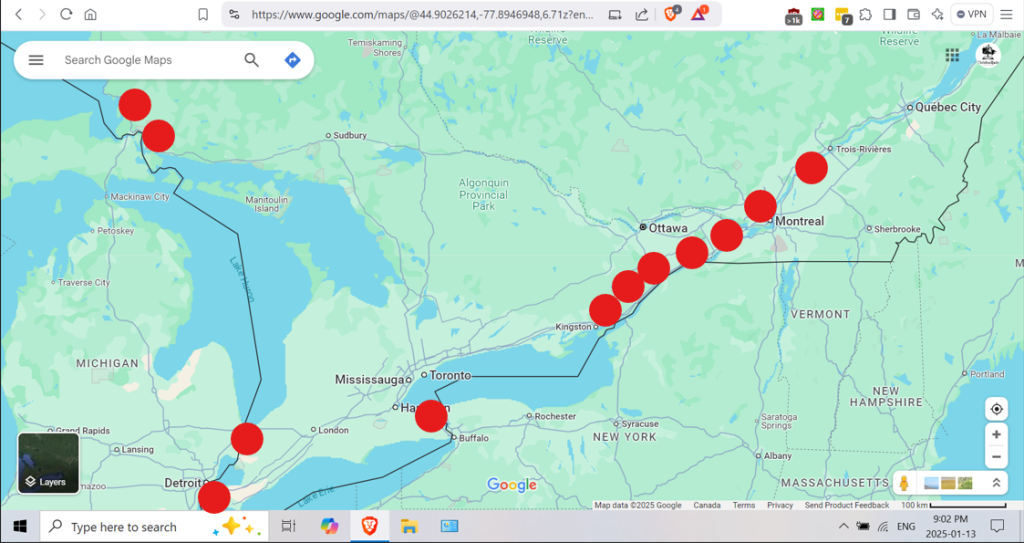
Map showing approximate Loyalist settlements during and after the American Revolution
The Fur Trade, the development of the railway system, banking institutions, and eventually the Lachine Canal all forged the beginning of the economic engine that became Montreal. Out of evil came good. We REJECTED Republicanism then, and still do.
2. The War of 1812 – Developed Patriotism & National Pride
The Mohawks Joseph Brant (Thayendanegea) and John Norton (Teyoninhokarawen) never realized their dream of getting the Colonial Government to fulfill their promises of Grand River Land in exchange for helping in the War of American Independence. Despite that, Natives mobilized their people to fight for the sovereignty of their new nation, Canada.
This war showed the heroism and death of Isaac Brock and Tecumseh, and the heroism of the Natives at Sault Ste. Marie. They still got the short end of the stick with the Colonial Government, not protecting them from unfair treatment by the Americans. Natives, blacks, French, and British Colonial descendants all fought as one for their country.
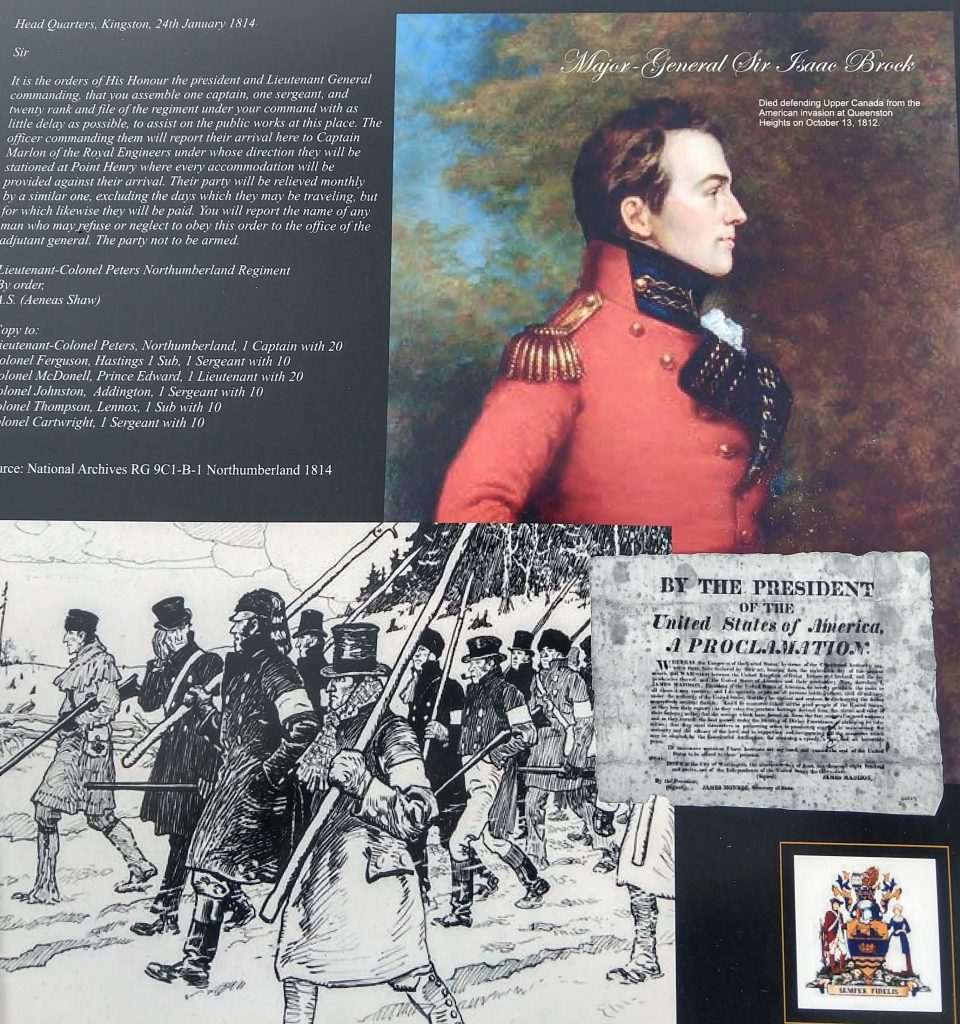
3. Civil War (1865) & the Curse of the Railway Brought Confederation
Pre-Confederation, the British colonies of Nova Scotia, New Brunswick, Canada East, and Canada West, developed railway lines that encouraged trade with the US, linking both economies. Wheat exports (Canada was the world’s breadbasket at that time), and the exchange of goods and services between both economies were a way of life.
The Grand Trunk Railway was the largest in the world, with headquarters in Montreal and a branch in England (home of its many investors). With the advent of the Civil War, it would have been easy for American soldiers to invade the British colonies via the rails which directly linked that southern corridor of economic activity which still stretches from Montreal to Windsor.
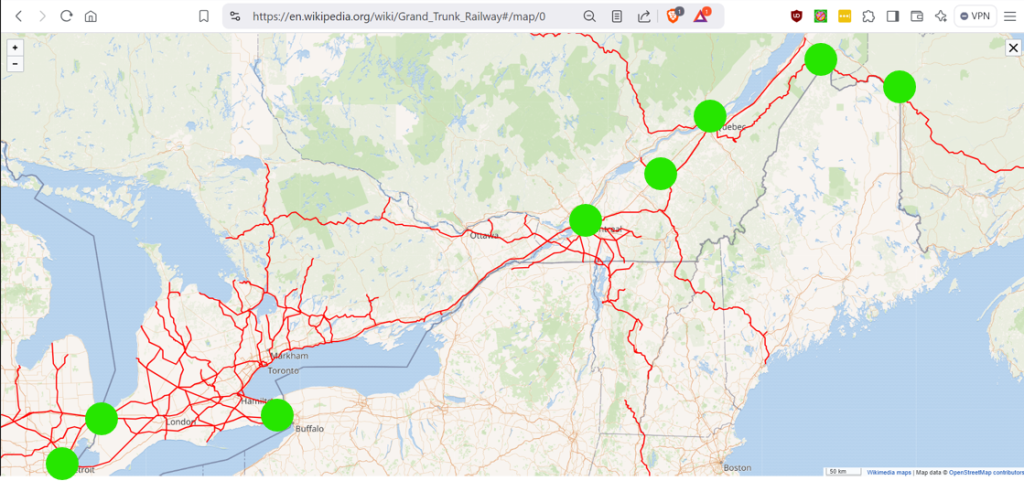
Map showing possible points at which an invasion could have happened
This was just ONE of many reasons that catapulted the colonies to action. They realized there was strength in unity, and the sum of the whole was greater than its parts. We would do well to learn from that lesson from our forefathers.
4. The Sale of Alaska in 1866 Helped Confederation
Russia, who owned Alaska, had lost the Crimean War against Britain and its allies. They had borrowed heavily from the Rothschilds to fund the war. They needed to pay up but were broke. They hated Britain. The Americans also hated Britain. They (America and Russia) became friends because they had the same enemy (‘the enemy of my enemy is my friend’, as the saying goes).
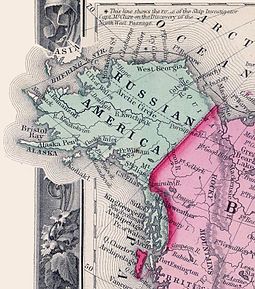
America wanted to get Britain out of North America. Russia sold Alaska to the US, hoping that they could own ALL of North America by getting, first a ‘toe-hold’, then a ‘foot-hold’, then a complete takeover. They thought… ‘first Alaska, then Rupert’s Land, then the rest of the British colonies’. It didn’t work.
The colonies banded together, united as The Dominion of Canada, and Confederation happened. Britain ceded Rupert’s Land to the new Dominion of Canada and the rest is history. This was just ANOTHER of many reasons that catapulted the colonies to action. They realized there was strength in unity, and the sum of the whole was greater than its parts. We would do well to learn from that lesson too from our forefathers.
5. The Red River Rebellion 1870 (Manifest Destiny)
Even after Confederation those in Washington were actively engaged in trying to take over the new nation and stoked the fires of the Red River Rebellion by thinking that the newly formed province of Manitoba would secede. The Red River Valley in Manitoba was a piece of real estate property coveted by the Americans in Minnesota. It was the breadbasket of the West. It was the fruition of Lord Selkirk’s work, who started a wheat-growing colony in the Red River Valley, against all odds.
The Americans hoped that if they continued to ‘stoke the fires of discontent’, Manitoba would become a productive part of the American West.
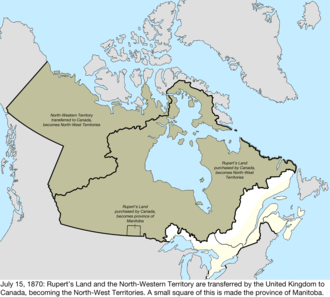
They tried. Just Google the names: James Wickes Taylor; Senator Alexander Ramsey; Senator Zachariah Chandler; and Senator Jacob M. Howard. See what history says about their part in the Red River Rebellion. In 1869, the Secretary of State to then President Ulysses Grant commissioned Taylor “to investigate and report full details of the revolt as well as all aspects of the territory and its inhabitants.”
They were rebuffed by Riel. The plan failed.
6. The FALLACY of President-Elect Trump’s ‘Artificial Line’ as Our Boundary
Someone should give President Trump a history lesson.
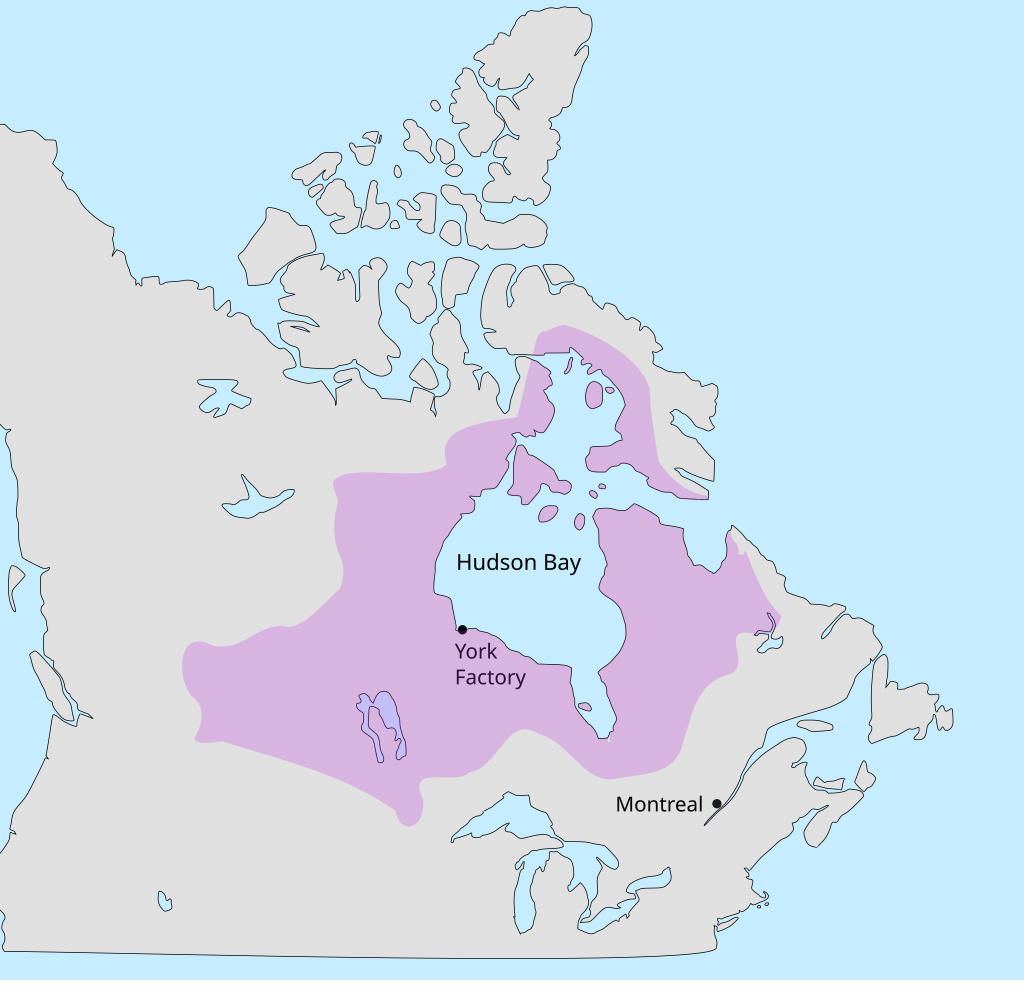
The boundary of Rupert’s Land INCLUDED parts of Minnesota, North Dakota, and South Dakota. It was based on the Doctrine of Discovery that the first nation to claim the river, claimed its tributaries and river basin, which flowed into the sea.
The southern border was the drainage divide between the watershed for the Saskatchewan and the Mississippi River. The Canadian border to the South was changed only in 1818 by The London Conference, which designated the 49th Parallel to be the boundary between the US and Canada”.
From 1668 to 1870 (202 years), Rupert’s Land was the exclusive domain of the Hudson’s Bay Company. Over those 200 years, there were trading posts on almost every major river. So Canada GAVE UP part of Rupert’s Land to the US. Now they want ALL of Canada, 207 years later. Ha! My mom used to say, ‘Give them an inch and they’ll take a mile’.
All that to say, threats from the mighty USA are not rare events. And just like the worst fire in 100 years, or the worst hurricane in 100 years, or the worst snowstorm in 100 years, it just teaches us to be on guard and prepared with a healthy dose of history.
200 years later, our children should be saying, ‘Remember when…?’
Author’s Note: Lynette is the owner of ChristianRoots Canada. Blogger. Publisher. Course Creator. Passionate about Canadian History from the perspective of God’s Providence.
The Dark Ages & the French Wars of Religion Some time ago, I started to
In many places, like legislatures and schools, the Bible is considered ‘hate literature’. Counseling someone
Britain’s claim of Rupert’s Land by the Doctrine of Discovery, proved to be one of
Dominion Day had been a federal holiday that celebrated the enactment of The British North American Act which united four of Britain’s colonies – Nova Scotia, New Brunswick, Upper and Lower Canada (which became Ontario and Quebec), into a single country within the British Empire, and named that country The Dominion of Canada.